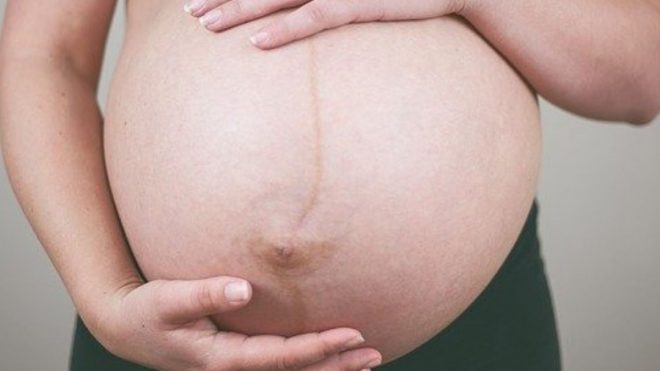There is no such thing as a typical labour; the timing and pattern of events varies from woman to woman and from pregnancy to pregnancy. Every labour is different. Some are challenging and last for many hours while others are much faster. Most are somewhere in between.
There are, however, some common signs that the body is getting ready to go into labour:
Frequent, persistent and intense contractions: from the second trimester – and particularly towards the end of pregnancy – women can experience Braxton-Hicks contractions. These may feel like a tightening across the belly, and can be uncomfortable but are usually not painful. When contractions become increasingly frequent, persistent and intense (to the point of being painful), it can be a sign that they are pushing the baby down and opening the cervix, in readiness for birth. The pain is often felt first from the lower pelvic area and may initially feel like period cramps.
A vaginal ‘show’: this is when the mucus plug that seals the opening of the cervix comes out of the vagina. It can appear either as a single blob of pinkish or russet jelly or may be in smaller pieces. This is a sign that the cervix is beginning to soften and prepare for labour.
Loose bowels, diarrhoea or a frequent urge to go to the toilet: these can be caused by the baby’s head pressing on the bowel as it moves into position ready for birth.
Waters breaking: this is when the sac that surrounds a baby in the uterus breaks and releases amniotic fluid which drains out through the vagina. The fluid can appear as a trickle or a gush. Although most women’s waters break while they are in labour, they can sometimes break before labour starts. Sometimes, an obstetrician or midwife will break a woman’s waters to induce or speed up labour.
Find out more about all the stages of labour in our video here https://www.womensogs.com.au/patient-education/

